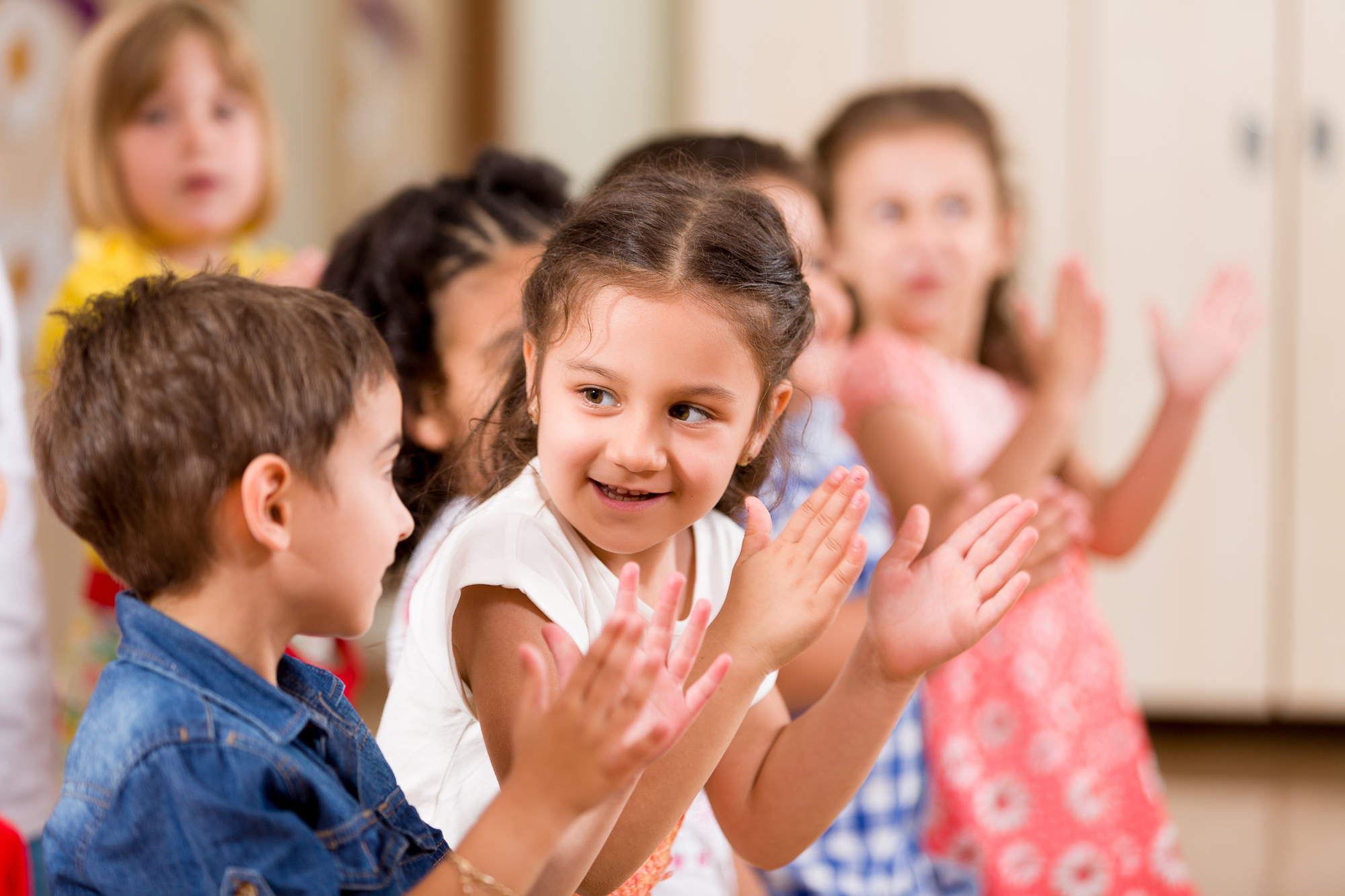When did your child start talking or walking? When did they start teething or sleeping in longer stretches? Are they staying with the same peer group for long periods?
These are all questions about child development that you may be pondering. Child development ranges from mental growth to physical changes. Development can stay consistent for a while and then may change.
Knowing how your child is growing is important information to have. In this article, we’ll break down a child’s development stages.
Infancy: Physical Milestones
During the first three months, many physical developmental milestones will occur, such as:
- increased head control
- increased leg control
- increased body strength
- rolling
Through the four to seven-month age range, the infant will be refining rolled-over movements. They would be able to bear weight on their legs when supported.
They will be pulling up to a standing/kneeling position. Or roll from back to stomach and start to crawl (if not done so already).
During this developmental timeline, babies should start to develop fine motor skills. Such as grasping objects and releasing them.
Toddlerhood: Cognitive Development
During this stage, a tremendous amount of information is absorbed and stored. Children learn cause and effect and recognize their own emotions. They become familiar with their environment.
They learn to communicate with others and develop problem-solving skills. Children will move from pointing at objects to using words to describe them. The ability to express thoughts and feelings will increase with increased language development.
They begin to build complex mental concepts and cognitive strategies. Such as sorting, categorizing, and sequencing objects.
If you feel you need help at this stage, home based ABA services are an ideal choice. These types of services can help children to overcome obstacles that stand in the way of achieving their developmental objectives.
These services give invaluable resources to parents. To both prevent and address any problems in their children’s stages of development.
Preschool Years: Emotional Milestones
Emotional milestones at this stage include the ability to form relationships and express their emotions in socially appropriate ways. They should begin to show empathy for others and be able to properly express feelings of anger and frustration.
They should be able to differentiate between fantasy and reality. And can become more independent, beginning to take responsibility for their actions. Parents should be encouraging social interaction, helping build self-confidence and decision-making skills.
School Years: Social Development
During the school years, social interaction plays an integral part in a child’s development. Social interaction must occur to build and foster relationships. They will learn how to care for themselves and develop an understanding of consequences and feelings.
In a classroom setting, children learn how to take turns and become aware of the feelings of others. Depending on the child, this can be a gradual process. Children need to learn through play how to:
- cooperate
- work in teams
- negotiate with peers
- form cooperative and constructive relationships
Through these developmental stages, children create a picture of the world that is based on their experiences.
Use this Guide to Understand a Child’s Development Stages
From infancy to adulthood, children experience various developmental stages. Understanding these stages allows us to ensure that children reach their fullest potential. As such, caregivers should consistently monitor a child’s growth and development.
Together, we can ensure that children get the support they need to thoroughly and successfully experience each stage. Take the time to learn more about a child’s development stages and be a part of a child’s awe-inspiring journey.
Are you looking for more advice or information? You can find more great content on our website!







